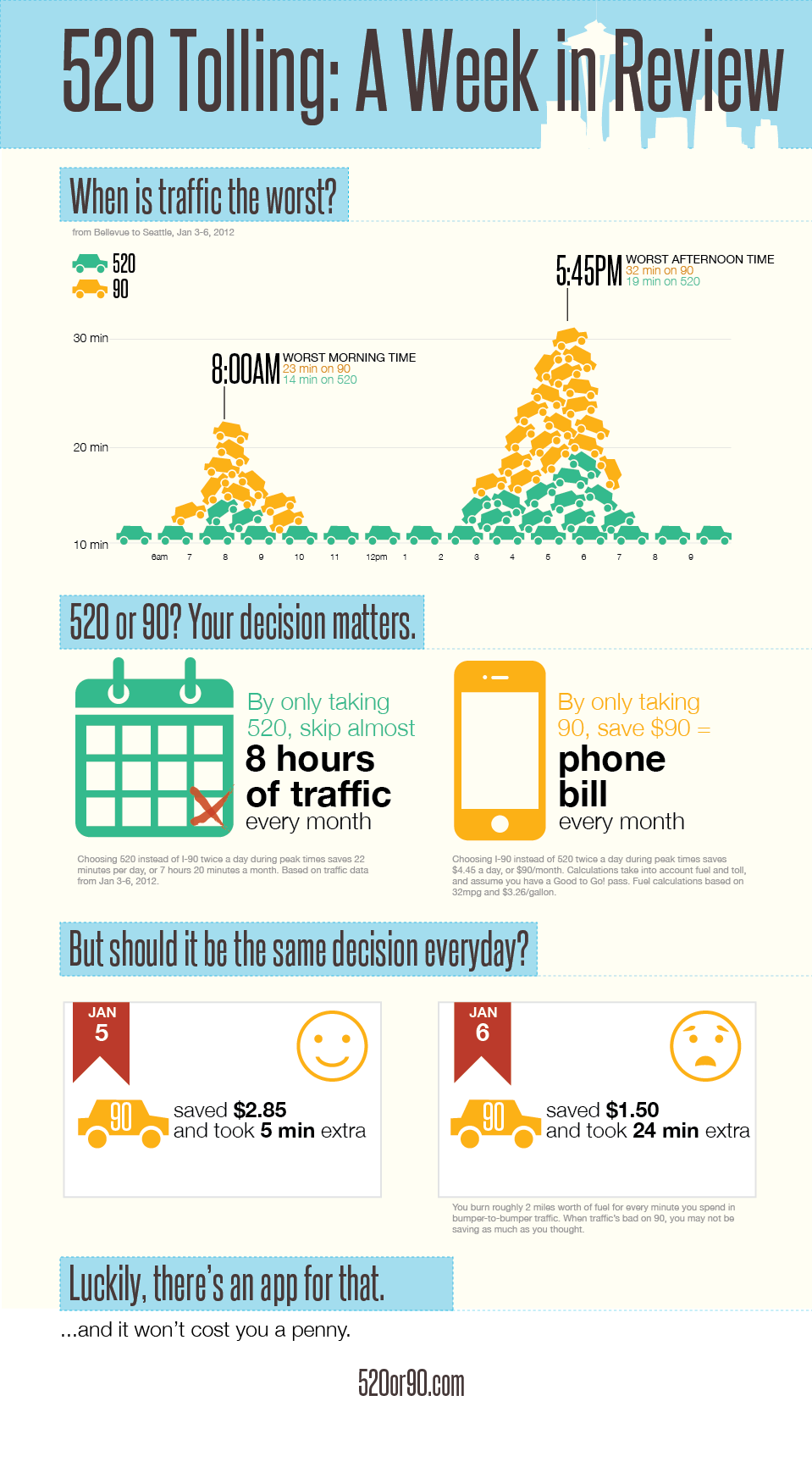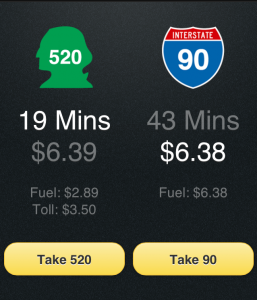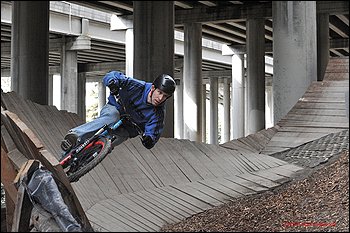New TRB Report “Shared Mobility and the Transformation of Public Transit” Looks at Shared Mobility in Seven Cities
A new TRB report, Shared Mobility and the Transformation of Public Transit examines the relationship of public transportation—including paratransit and demand responsive services—to shared modes, including bikesharing, carsharing, microtransit, and ridesourcing services. The research included participation by seven cities: Austin, Boston, Chicago, Los Angeles, San Francisco, Seattle and Washington, DC. The report’s conclusion sets out actions that departments, and other local and regional agencies—can take to promote useful cooperation between public and private mobility providers. It also suggests regulatory enhancements, institutional realignments, and forms of public-private engagement that would allow innovation to flourish while still providing mobility as safely, broadly, and equitably as possible (via FHWA)
New TRB report, Shared Mobility and the Transformation of Public Transit







